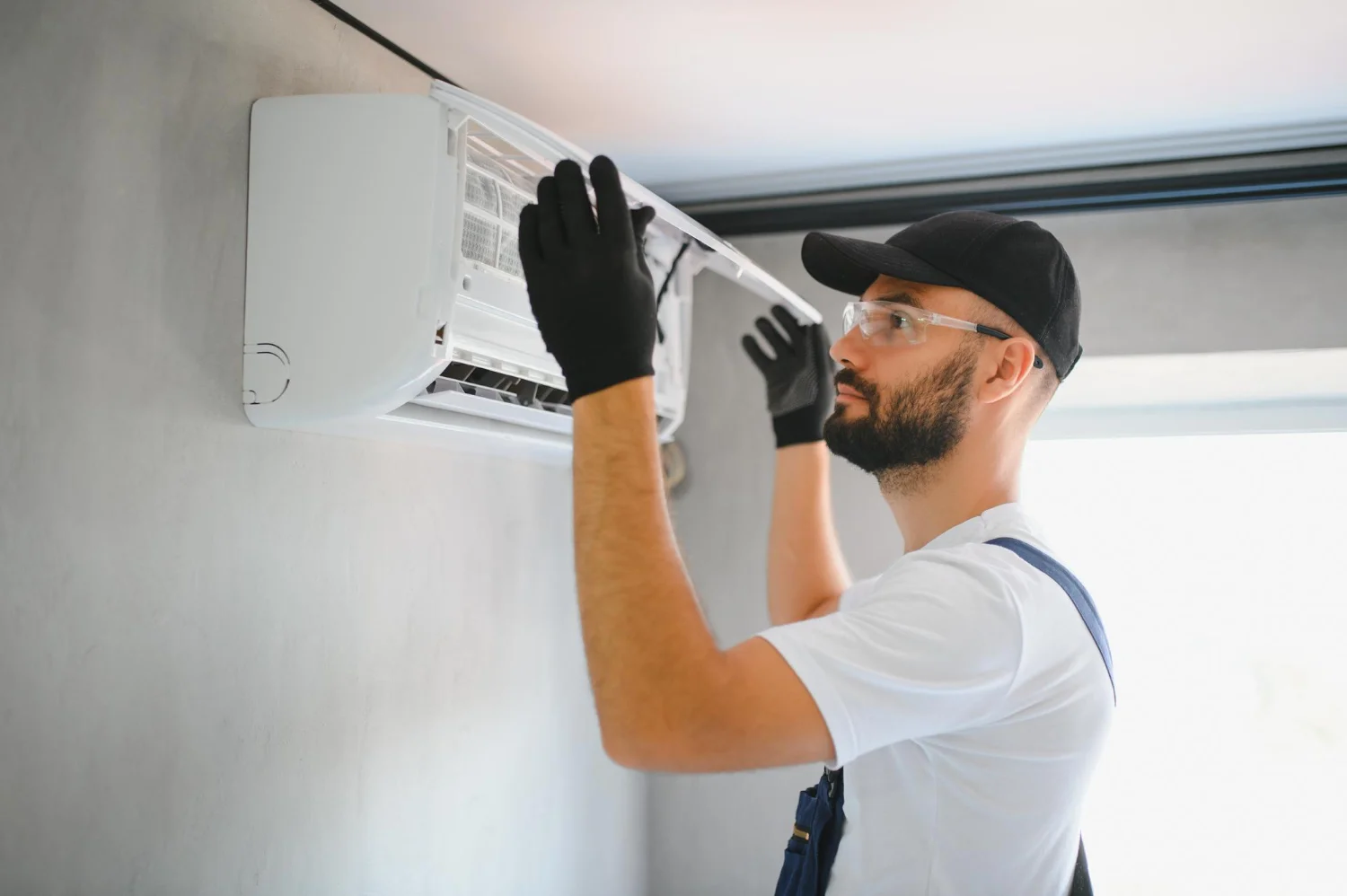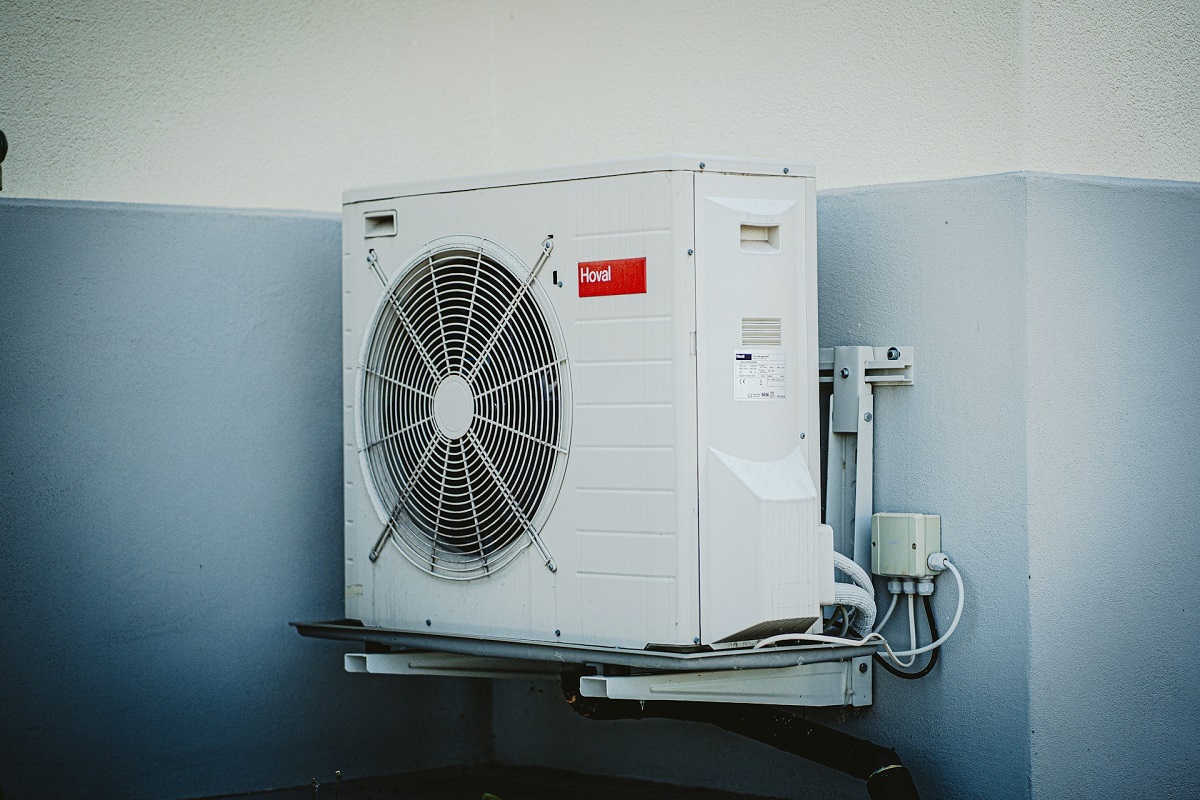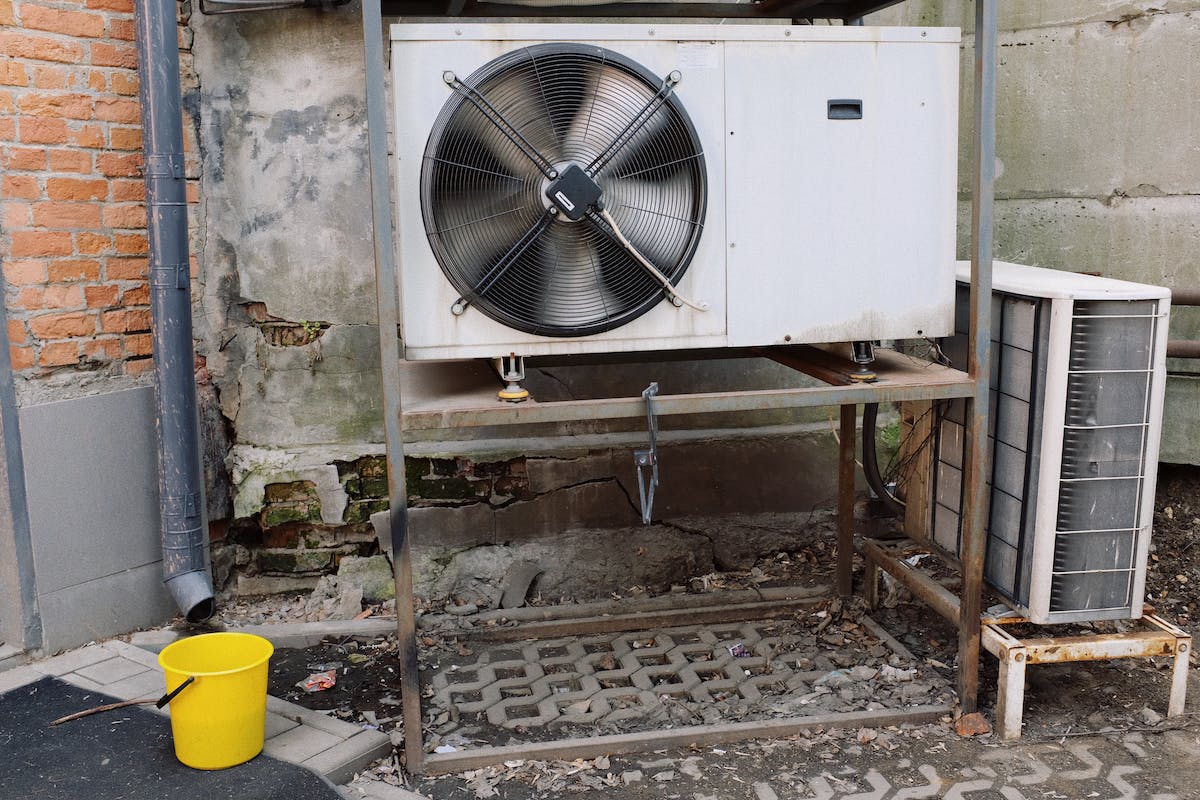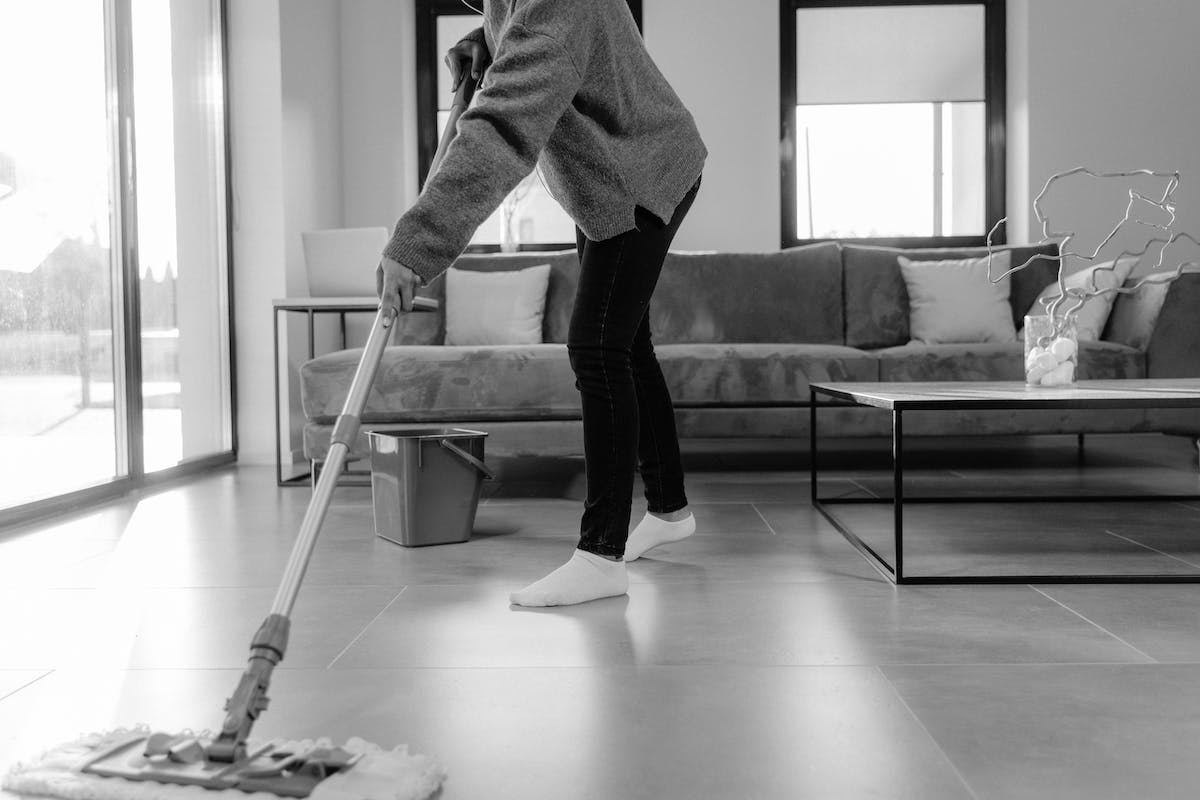
Is your furnace dripping water and leaving puddles on the floor? It’s a common problem that can be quite worrying. But don’t worry – you are in the right spot to find answers.
In this article, we will explain the common reasons for furnace floor drips and why this happens. Also, we will show you how to fix it.
So relax, and let’s find out how you can fix the issue fast and easily.
Is Your Furnace Dripping Water?
Before getting straight to the reasons behind your furnace leaking water, it’s better to first understand learn the nature of this issue.
Well, when your furnace leaks water, it’s not just a small issue. It’s telling you that something inside your heating system isn’t working right. This could be a simple fix like cleaning a dirty filter, or it might be something bigger that needs more attention.
If you ignore the water, it can damage your floors and walls. Even worse, it can harm your furnace itself if you don’t take care of it soon.
Remember, furnaces are meant to stay dry. When they get wet, it can lead to rust or mold, and that’s not good.
Now let’s discuss the reasons behind leaking water heaters.
Common Reasons for Furnace Floor Drips
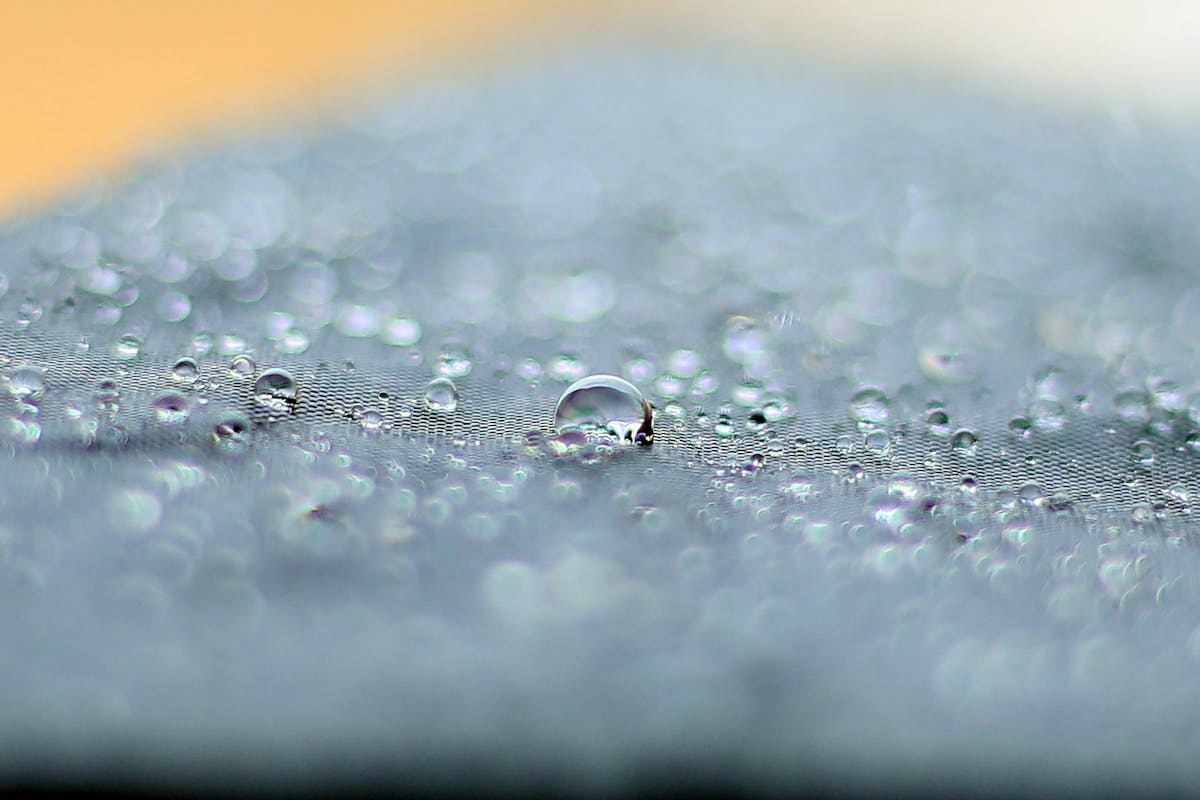
Well, there are several reasons why your furnace might be leaking water.
Let’s discuss the most common ones in detail.
- Furnace Condensation:
Newer furnaces are really good at saving energy, but they make water as they work, kind of like how a cold soda can sweats on a hot day. Normally, this water goes down a drain. If the drain is blocked or the pipes are broken or not connected right, the water can’t flow out and starts to leak. It’s like having a sink that’s supposed to drain water, but if the pipe is blocked, the water spills out instead.
- Faulty Heat Exchanger:
Your furnace has a part called a heat exchanger. It warms up the air without letting dangerous gases mix with it. If it gets a crack, water can leak out, and bad gases can get into your air. This is a big problem. A broken heat exchanger means lots of water can leak, and it’s not safe because of the gas. It’s like a broken part in a car’s engine; if it’s not working right, it can be dangerous and needs a quick fix.
- Clogged Filters:
Your furnace has a filter that cleans the air. It needs to be cleaned or changed often. If it’s too dirty, air can’t move well, and part of your furnace can get too cold and freeze, like a mini-ice block. When it melts, it makes too much water for the furnace to handle, and it starts to leak. It’s like when a straw in a drink gets blocked, it’s hard to drink, and something might spill.
- Humidifier Problems:
Some furnaces have a part to add moisture to the air, so it’s not too dry. If this part leaks or doesn’t work right, the extra water can leak into your furnace. It could be because a valve is broken, a filter is blocked, or a water line is leaking. It’s like having a small water source inside your furnace. If it’s not controlled, things get wet.
- Plumbing Leaks:
Sometimes the water near your furnace isn’t from the furnace itself. Pipes around your furnace can leak, and the water might look like it’s coming from the furnace. This could happen if the pipes are old, not tight, or damaged. It’s like seeing a puddle in your house and thinking it’s from rain when it’s actually from a leaking pipe.
For each of these problems, it’s important to find out what’s wrong and fix it. Some things you might be able to fix them yourself, like changing a dirty filter or unblocking a drain.
But for big problems, especially with gas or major parts of your furnace, it’s safer to get help from professional Furnace repair services. They can make sure everything is safe and works right.
Furnace Leaking Water When AC is On? What to Do?
If you notice your furnace leaking water when the AC is on, it’s usually due to issues related to the air conditioning system rather than the furnace itself.
Here’s what you should check and what steps you can take to address the issue:
- Look at the Condensate Drain Line:
Your AC makes water when it cools the air, kind of like how a cold drink gets wet on the outside. This water usually goes away through a special pipe. If this pipe is blocked or broken, the water might leak out. Make sure this pipe is clean and nothing is blocking it.
- Check the Condensate Pump:
Some systems have a special pump to get rid of the water from the AC. If this pump isn’t working right, the water can overflow and cause a leak. You can test the pump by putting some water in its pan to see if it pumps the water out.
- Look at the Evaporator Coils:
Inside your AC are parts called coils that can get too cold and freeze if there’s not enough air flow or if the system doesn’t have enough cooling stuff (refrigerant). When the ice melts, it can make too much water and cause a leak. Make sure your air filters are clean. If you see ice or think the cooling stuff is low, you might need to call someone who knows a lot about ACs.
- Check the Drain Lines:
Sometimes, the pipes that carry the water away can come loose because of shaking from the furnace or AC, or if they weren’t put in right. Make sure all the pipes are tight and in the right place.
- Look for Any Cracks or Leaks:
The pan under the part that cools the air can sometimes get old and crack, which lets water leak out. Look at the pan to see if it’s broken or rusty, and get a new one if you need to.
Let Optimum Air Solutions Take Care of Your Furnace Water Leak Problems
Dealing with a furnace can be tough, and it’s completely fine if you don’t want to try fixing it on your own, especially if you have already tried and it’s still not working.
That’s when it’s time to call in experts furnace repair service like us at Optimum Air Solutions. We know all about furnaces and AC systems, and we’re ready to find out what’s wrong and the common reasons for furnace floor drips.
You can count on Optimum Air Solutions to take good care of your furnace and AC, making sure everything is running smoothly and your home stays comfortable and dry.
continue reading
Related Posts
When the Louisiana heat settles in and your air conditioner
The New Orleans heat doesn’t play fair. Between the sticky
When your air conditioner kicks on, you expect the sweet

